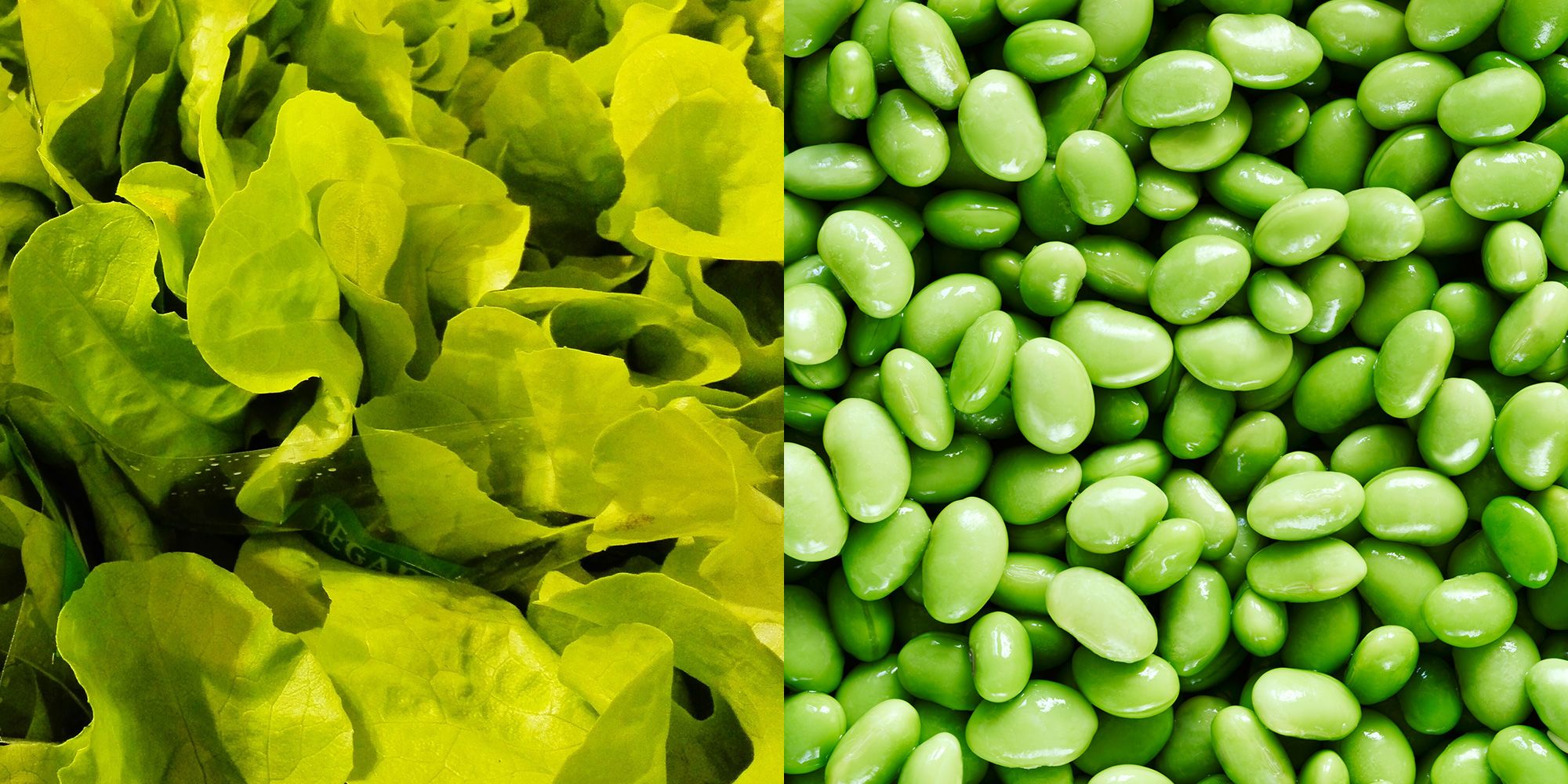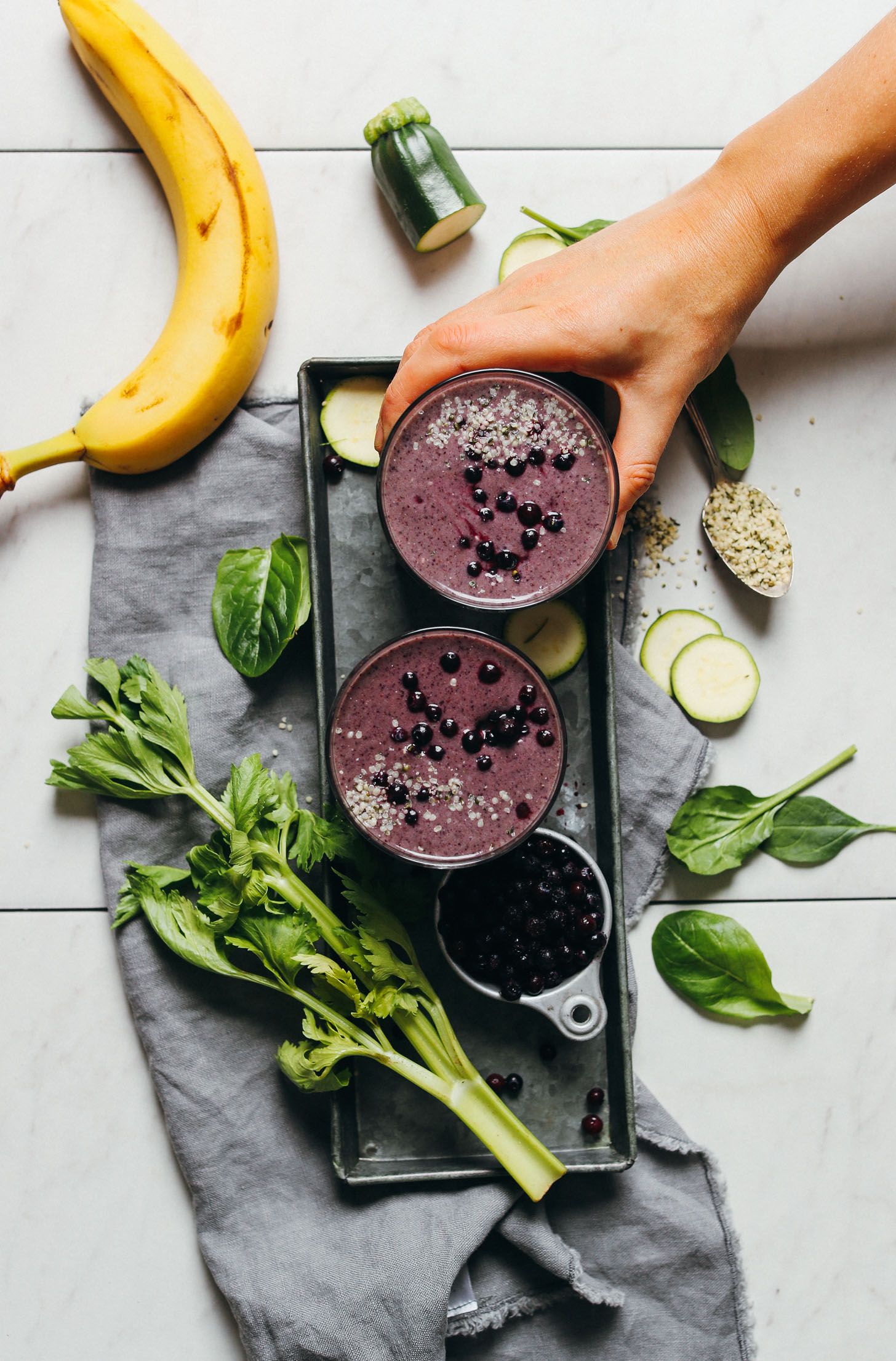
You may not be lucky enough to live surrounded by palm trees, but thanks to popular tropical fruits like açaí and dragon fruit (and whoever made smoothie bowls a thing), you can darn sure pretend.
Okay, açaí bowls may be old news, but dragon fruit is totally having a moment. The once lesser-known fruit has white flesh, black seeds, and a somewhat melon-like texture—but isn’t quite as sweet as some of the other tropical fruits taking smoothies by storm.
Recently, more and more super markets have started carrying this Instagram-friendly fruit, whether whole in the produce aisle or chopped in the freezer aisle alongside tropical options like mango and pineapple.
Not convinced you should make the switch from your usual berry medley (hey, I get it) or go-to fruit? If not just to keep your taste buds entertained, switching it up also benefits your health, since different types of fruit contain different micronutrients (vitamins and minerals).
Basically, the more variety the better.
Just in case you’re still skeptical (don’t be!), consider this your guide to all-things dragon fruit—including what it really tastes like, how the heck to cut it, and how nutritionists recommend enjoying it.
What is dragon fruit, exactly?
Complete with bright pink skin and green scales, dragon fruit definitely stands out in the produce aisle.
“Dragon fruit, which is also known as strawberry pear or pitaya, is a tropical fruit that grows on a plant that’s technically a type of cactus,”explains Kelli McGrane, RD, a nutritionist for the food tracking app Lose It!.
Within its funky exterior, dragon fruit has white flesh and black seeds—and a similar texture to a papaya or mango.
Though the fruit is originally native to Central America, it is now grown in similar climatesall over the world.
Dragon fruit has some legit health benefits.
Like all fruits, dragon fruit is rich in energizing carbohydrates, as well as vitamins, minerals.
Here’s what you get in one serving (about 3.5 ounces or half a cup) of dragon fruit:
- Calories: 60
- Fat: 0 g
- Saturated fat:0 g
- Carbohydrates: 13 g
- Fiber: 3 g
- Sugar: 8 g
- Protein: 1.2 g
The fiber in dragon fruit gets you closer to the recommended minimum of 25 grams per day for proper digestion and overall health—but that’s not all it’s good for. Dragon fruit is “a good source of prebiotic fiber, which supports the growth of good bacteria in your gut,” McGrane says.
Beyond that, “dragon fruit is an excellent source of magnesium, with one cup providing approximately 17 percent of your daily needs,” McGrane says. The mineral magnesium does a lot, including maintaining muscle function, regulating blood sugar, and supporting immune health and strong bones.

And that’s not the only micronutrient benefit you’ll get. “Like other tropical fruits, dragon fruit is a good source of vitamin C, which is essential for a strong immune system,” adds McGrane. “It’s also rich in the antioxidants beta-carotene and lycopene, which have been linked with reducing risk of cancer and heart disease.”
Isn’t dragon fruit high in sugar, though?
If you’ve ever worried about all the sugar in your smoothie bowl, you can rest easy with dragon fruit.
“As with most fruits, dragon fruit does contain natural sugars,” McGrane says—but it’s nothing to worry about. One serving provides about eight grams of sugar, which is less than many other tropical fruits, she explains. (The same size serving of mango packs 15 grams of sugar.)
Plus, dragon fruit’s fiber content helps slow your absorption of these sugars, keeping your blood sugar levels steady and making dragon fruit a very nutritious way to satisfy sweet cravings, says McGrane.
Does dragon fruit have any downsides?
One of dragon fruit’s potential pitfalls: It’s often less accessible and affordable than other fruits.
“Since dragon fruit has to be imported, it can be harder to find and more expensive,” McGrane says.

“If you can’t find fresh dragon fruit, I recommend checking the frozen food section,” she adds. (The pre-cut, frozen stuff works great in smoothies and is just as nutritious.) “Many stores, including Target, sell frozen dragon fruit, which is easy to incorporate into your routine.”
How do you eat dragon fruit?
If you do get your hands on a fresh dragon fruit, though, you’ll probably wonder how the heck to eat the thing.
First of all, yes, the outer peel of dragon fruit (remember, pink with green scales) is inedible.
https://www.instagram.com/p/B87C0EngznI/
To eat fresh dragon fruit, slice the fruit in half lengthwise and use a spoon to separate the white flesh from the outer skin. Then, chop the inner white flesh into chunks.
From there, you can enjoy the fruit straight-up, in a smoothie, or as a yogurt or smoothie-bowl topping. (Since the stuff is relatively expensive—and pretty to look at—why not use it in ways that show off its beauty?)
Though the easier-to-find frozen stuff is easiest to drop into the blender for smoothies, youcan thaw it to use however you prefer.
The bottom line: Exotic-looking dragon fruit, whether fresh or frozen, can be a great addition to your diet, and contains vitamins, minerals, and fiber. (Plus, it’s lower in sugar than many tropical fruits.)
Source: Read Full Article